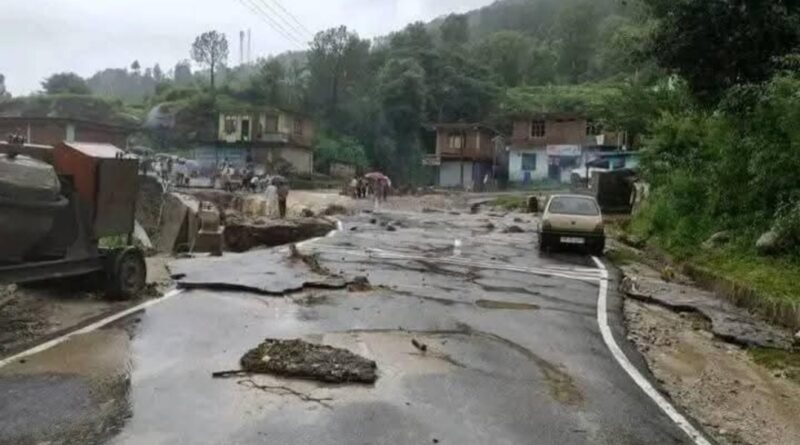From Chirgaon’s Tragedy to Today: How Many Warnings Will the Himalayas Need ?
On a rain-lashed night in August 1997, the mountains roared. A cloudburst near Chirgaon, Himachal Pradesh, sent a deadly wave of water and debris crashing through villages, claiming over 200 lives. Homes vanished. Roads dissolved. Families were left with only grief. Back then, experts called it a wake-up call—a brutal lesson in what happens when nature’s warnings go unheeded.
Yet here we are, 28 years later, watching the same story unfold. Mandi. Uttarkashi. Thunag. Seraj. The names change, but the script remains tragically familiar: cloudbursts, floods, landslides—each one more frequent, more ferocious than the last. The Himalayas are screaming at us, but we’re still not listening.
A Cycle We Chose to Ignore
The 1997 Chirgaon disaster wasn’t just bad luck. It was the result of reckless construction, deforestation, and policy failures. Hydrologists warned against building on floodplains. Engineers begged for restraint. Politicians nodded—and then approved more roads, more dams, more hotels in the same fragile zones.
Today? The same mistakes repeat. In Uttarkashi, highways slice through unstable slopes. In Mandi, homestays cling to crumbling hillsides. Every new “development” project digs the Himalayas’ grave a little deeper. And when disaster strikes, the response is always the same: relief funds, NDRF deployments, hollow promises of “never again.” But the bulldozers return before the mud has even dried.
Who Pays the Price?
Not the politicians who fast-tracked these projects. Not the contractors who cut corners. The bill always comes due in the homes of farmers, shopkeepers, and laborers—people who lose everything in minutes. In Chirgaon, survivors spent decades rebuilding. Now, new widows, new orphans, new ruins are added to the list. How many generations must pay for the same mistakes?
We Know the Solutions—Why Don’t We Use Them?
The science is clear. The policy frameworks exist. What’s missing? Courage.
- No more building on floodplains or landslide zones. Full stop.
- Restore, don’t just exploit. Reforest slopes. Protect wetlands. Let rivers breathe.
- Listen to those who know best—locals and scientists. Their warnings are cheaper than disaster relief.
- Climate resilience isn’t optional. Every road, every dam, every hotel must pass this test.
The Himalayas Aren’t Just a Backdrop—They’re Alive
We treat these mountains like postcards—pretty to look at, easy to exploit. But they’re not static. They shift, they crumble, they fight back. Every landslide is a protest. Every flood is a reckoning.
Chirgaon was a warning. Mandi and Uttarkashi are warnings. How many more will it take? The next disaster isn’t a question of if—but where, when, and how many lives. The choice is ours: keep ignoring the past, or finally break the cycle before the mountains do it for us.



